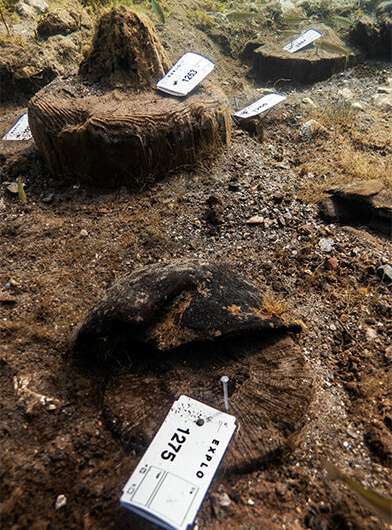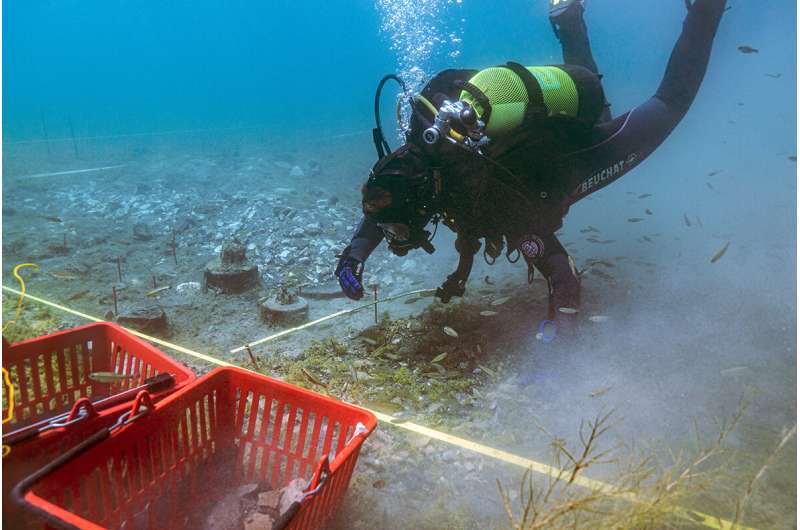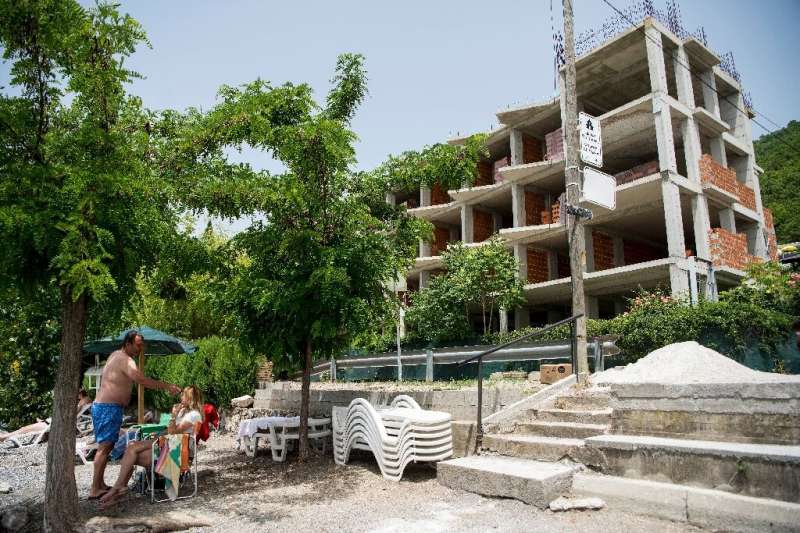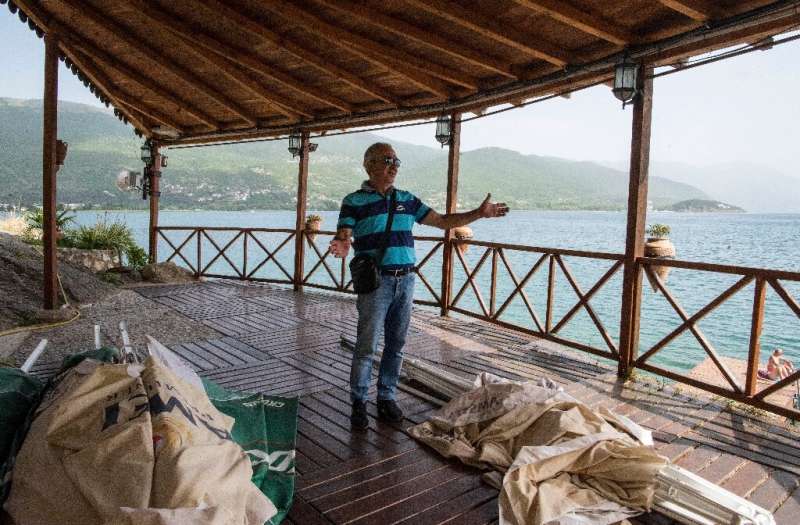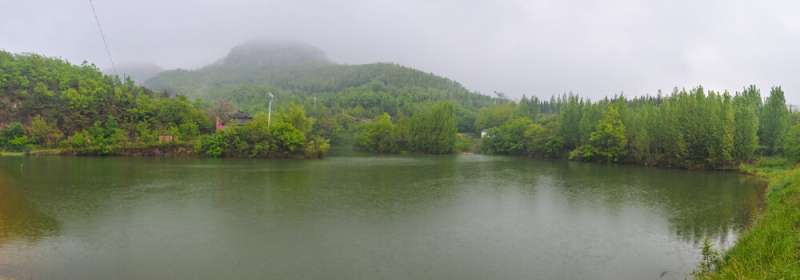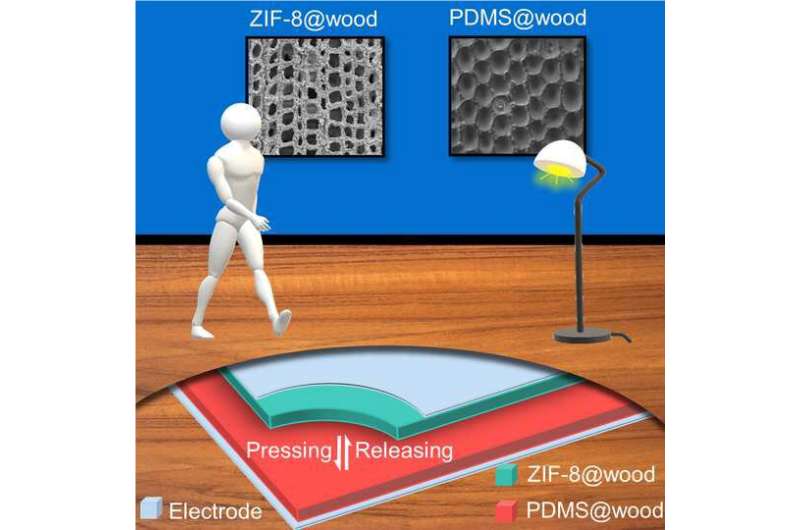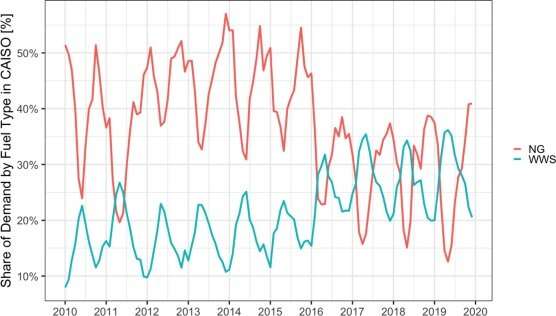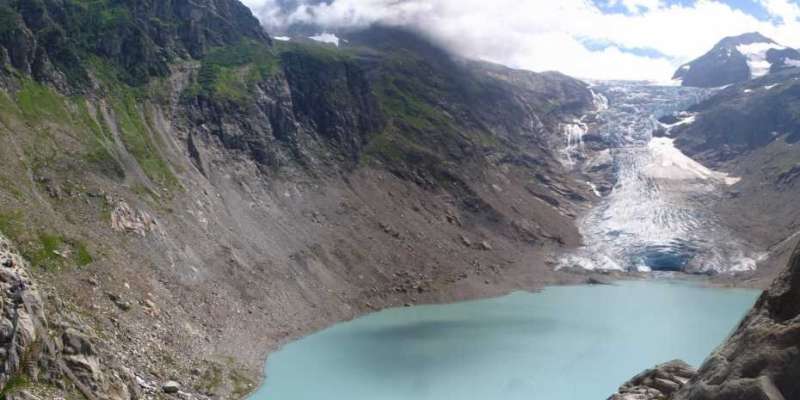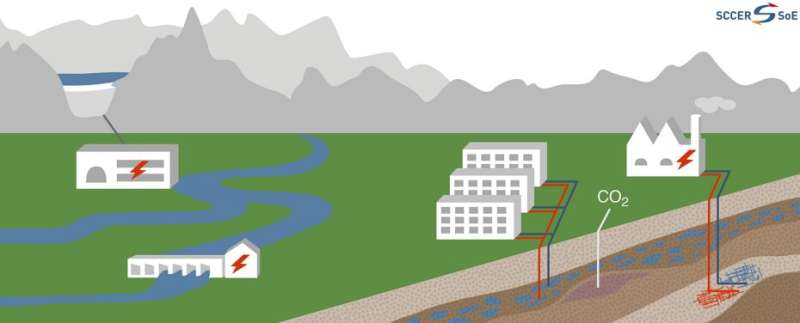Research sheds light on how economies may respond to COVID-19 restrictions

New research from the Imperial College COVID-19 Response Team sheds light on how economies might respond to different levels of COVID-19 restrictions.
In the latest report, the researchers developed new methods to forecast Purchasing Managers' Indices (PMIs) during and after the COVID-19 pandemic and the potential impact of government virus mitigation strategies.
PMIs, which survey managers at private businesses on their purchasing intentions, are a leading indicator of the direction of economic activity.
The researchers, from the Statistics section of the Department of Mathematics, produced six-month forecasts of the UK composite PMI series under different scenarios of COVID-19 mitigation strategies, ranging from easing, to staying unchanged, to tightening between October 2020 and April 2021.
The new method also incorporates real-time data on the progress of the pandemic.
The researchers created a novel network time series model, which borrows strength from across thirteen world economies over time viewed as a network.
GDP forecasts
Gross domestic product (GDP) economic forecasts were then obtained by modeling the relationship between GDP and PMI using a mixed data sampling (MIDAS) regression model that links monthly PMI indices with quarterly GDP.
The team's results suggested that there would be a 4.5% difference in 2021 Q1 GDP growth and a 4.8% difference in 2021 Q2 GDP growth between the easing and tightening scenarios.
In September 2020, under a tightening scenario, the researchers used the model to estimate a drop in GDP of 1.2% for Q1 2021, with prediction ranges of -5.8 to 2.9. The actual value turned out to be a drop of 1.6%, which was close to the prediction and well within the prediction interval.
The researchers also predicted an increase of 3.2% for Q2 2021, with prediction ranges of -2.0 to 7.1. This prediction was for a linearly easing scenario from November 2020 until April 2021.
The recently announced Office for National Statistics first GDP estimate for Q2 2021 turned out to be a 4.8% increase, which is again well within the prediction range, but the actual underlying conditions were lockdown until 8 March 2021, then a gradual easing.
The research will be presented as a Discussion Paper at a Plenary session of the Royal Statistical Society International Conference this September.
A new way of forecasting the economic impact of COVID-19
Professor Guy Nason, from the Department of Mathematics, said: "This research has revealed a new way to forecast the impact to an economy under different levels of COVID-19 restrictions.
"By integrating economic indicators, people behavioral indices and real-time data from the pandemic we are able to forecast a country's economic performance.
"We are very excited by this methodology and pleased with its performance. It could be a useful tool when trying to understand the economic implications of different virus mitigation strategies."
James Wei, from the Department of Mathematics, said: "It is our hope that this kind of research can bring greater attention to the exciting field of network time series analysis. We see a lot of potential for similar methods to be applied to fields across both the social and natural sciences."
